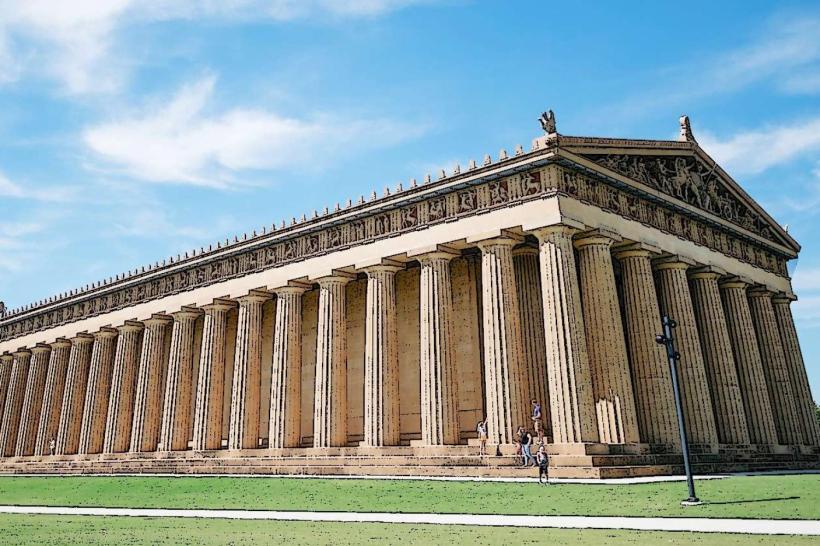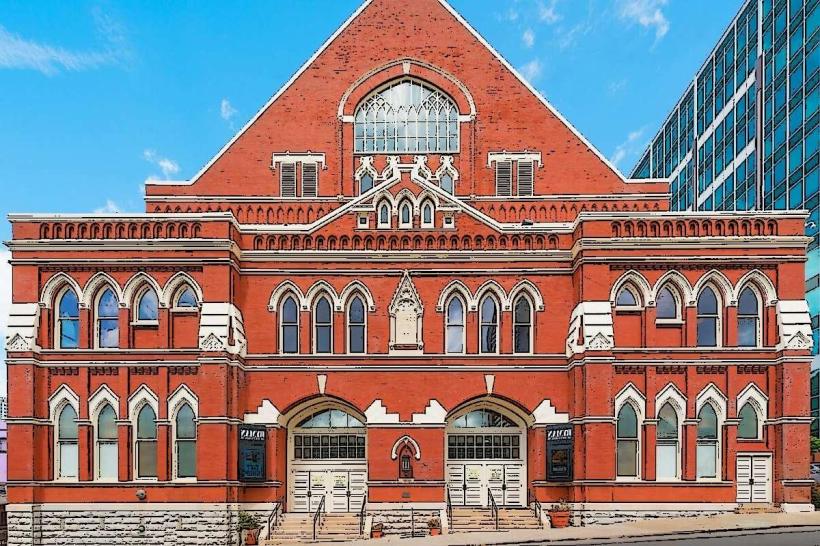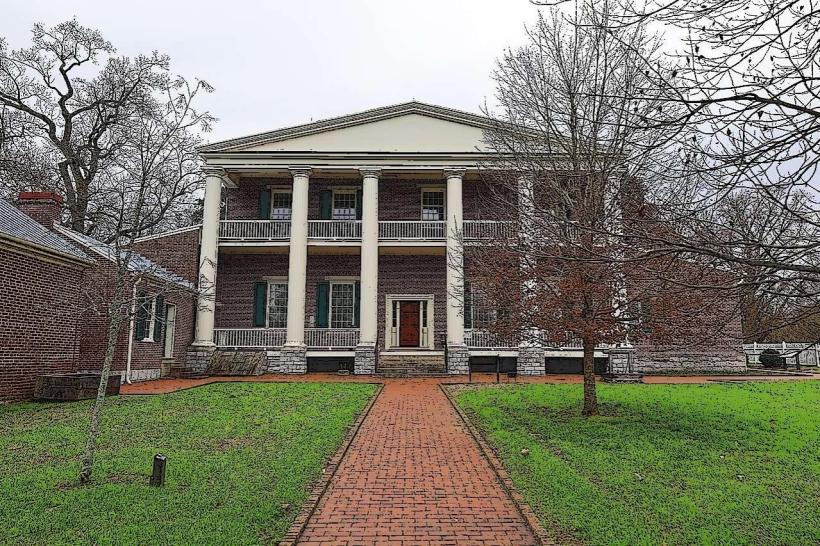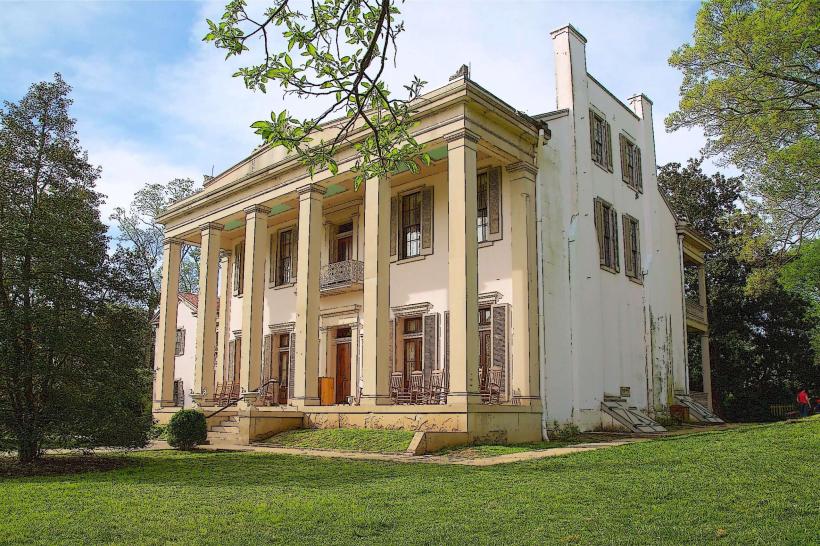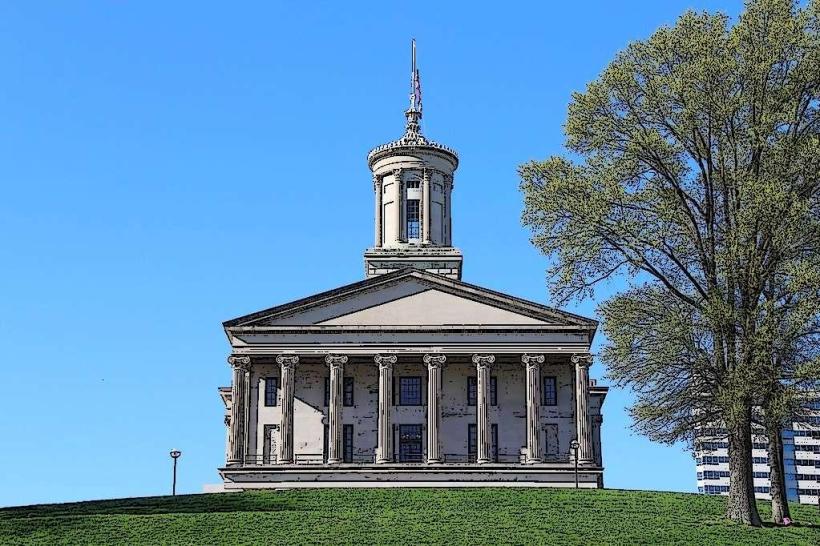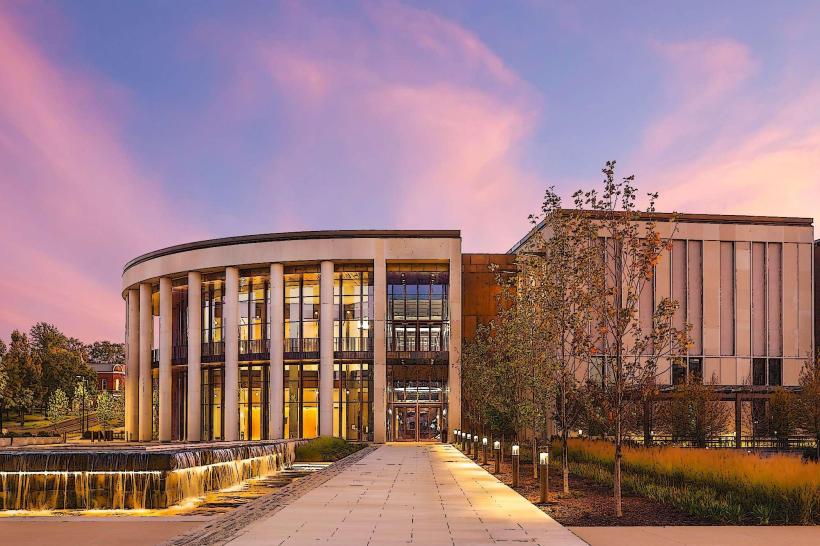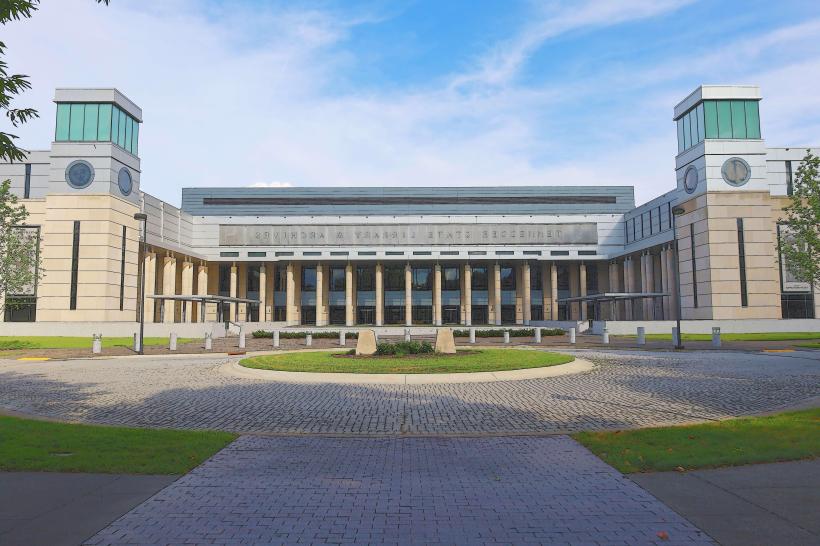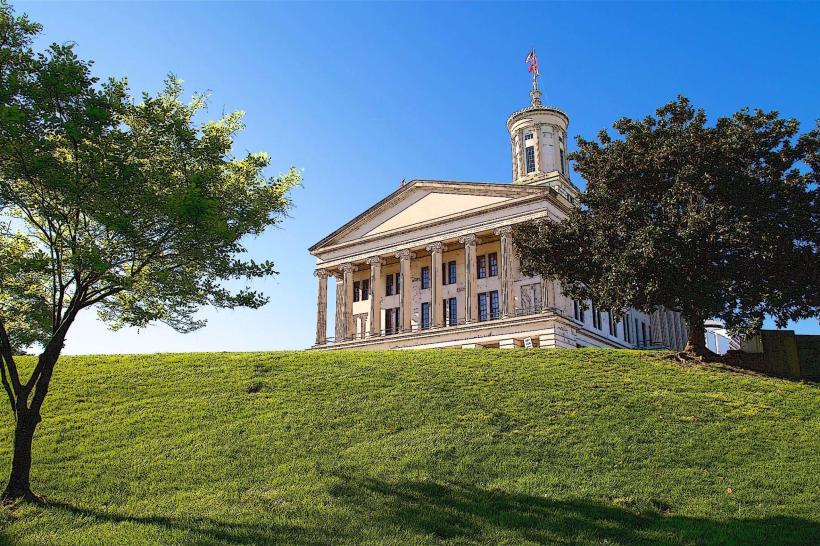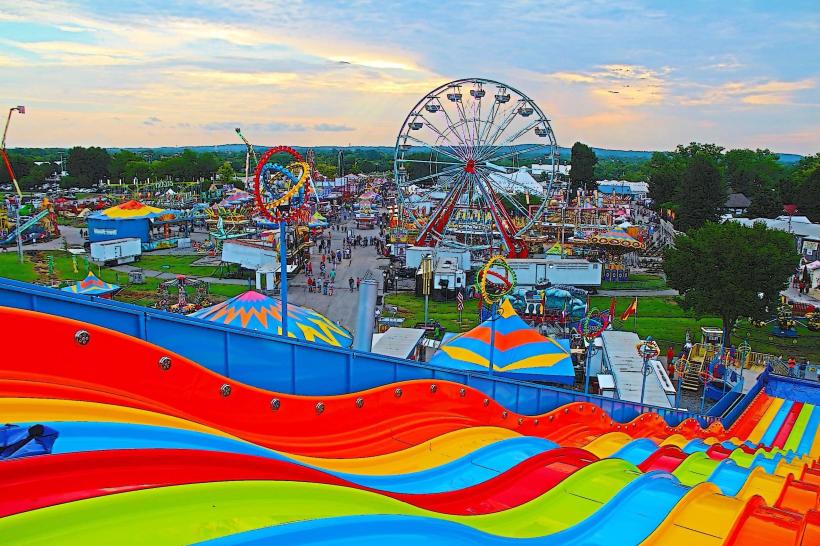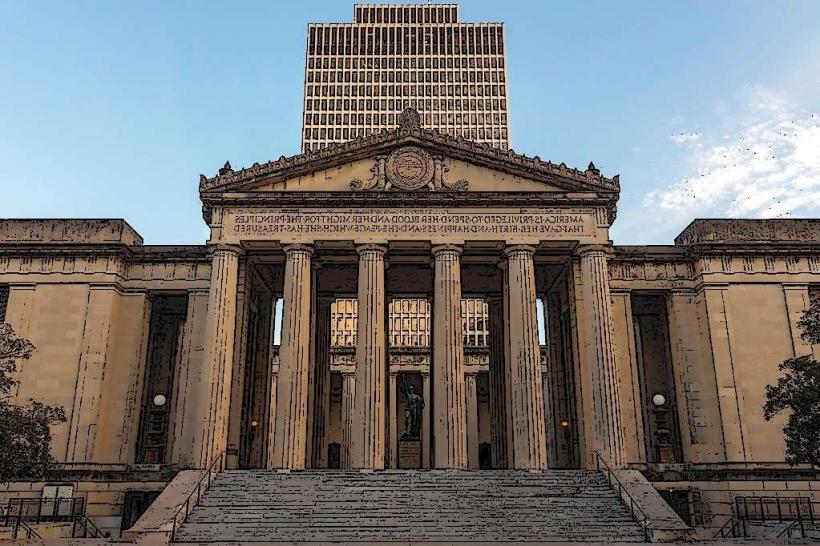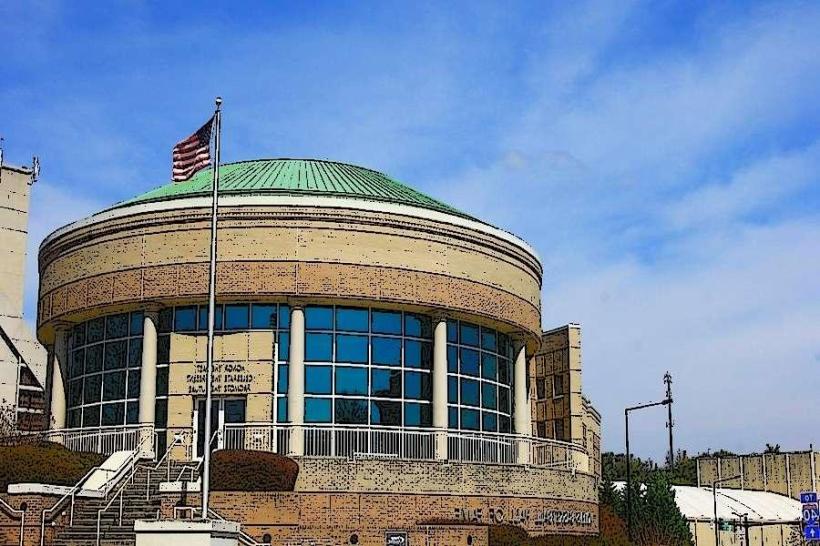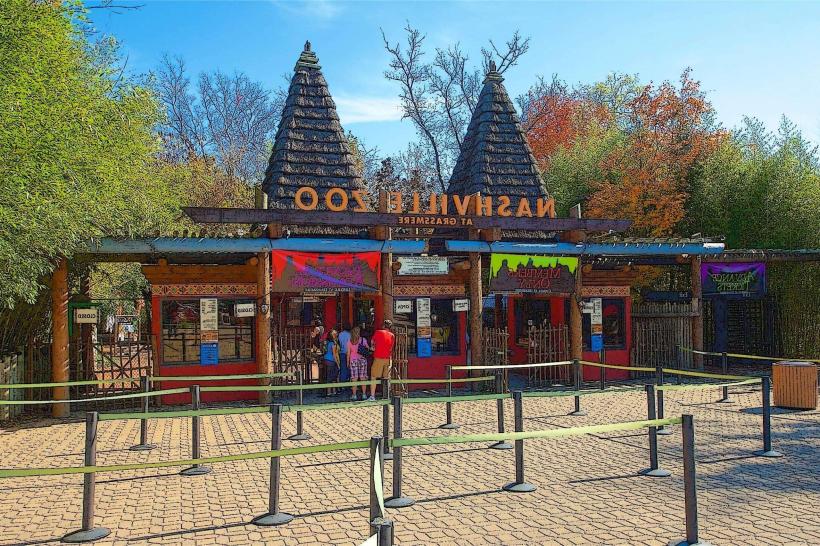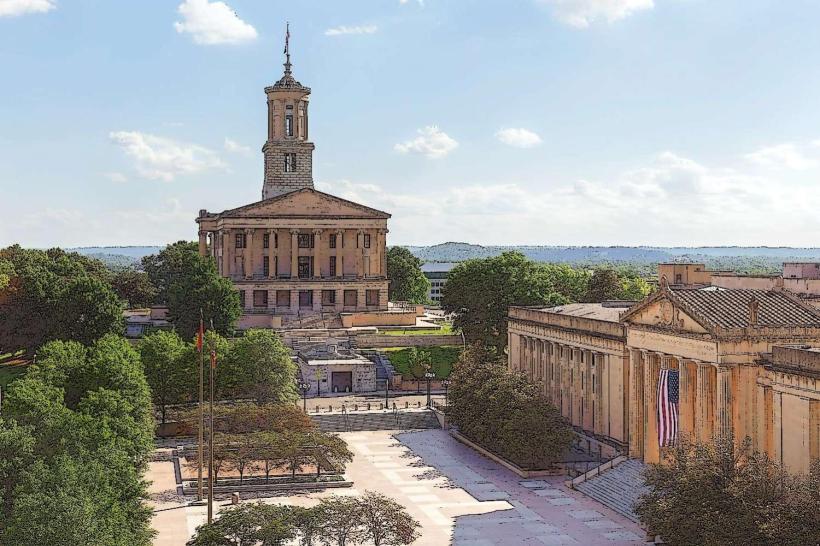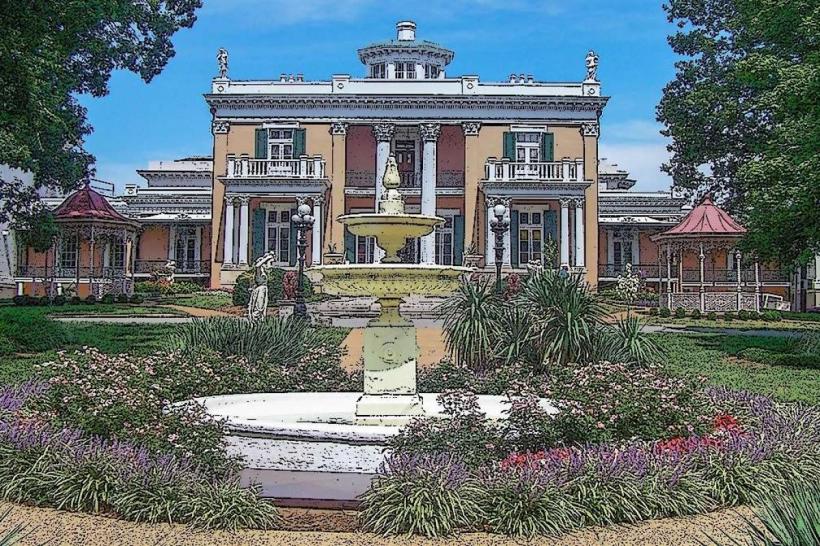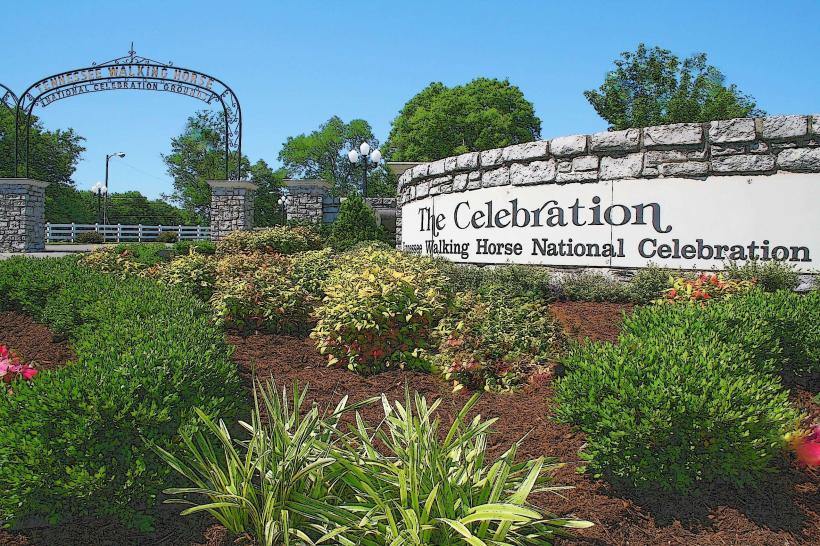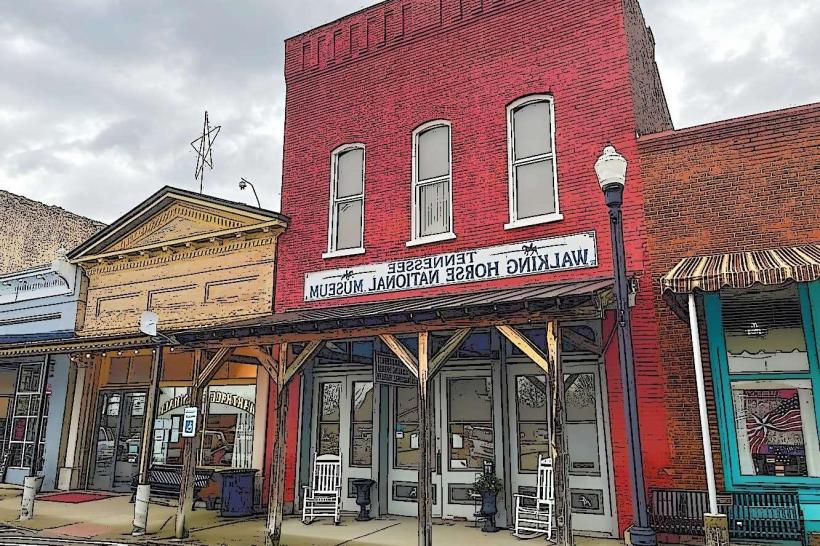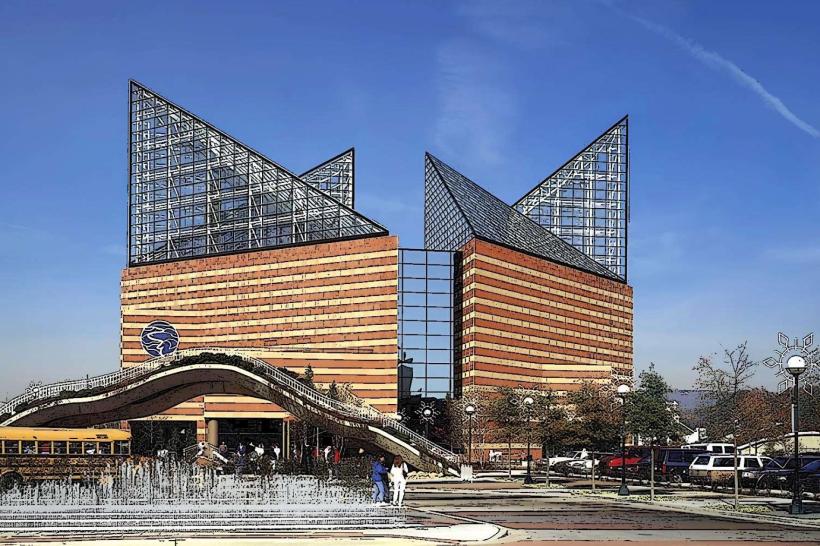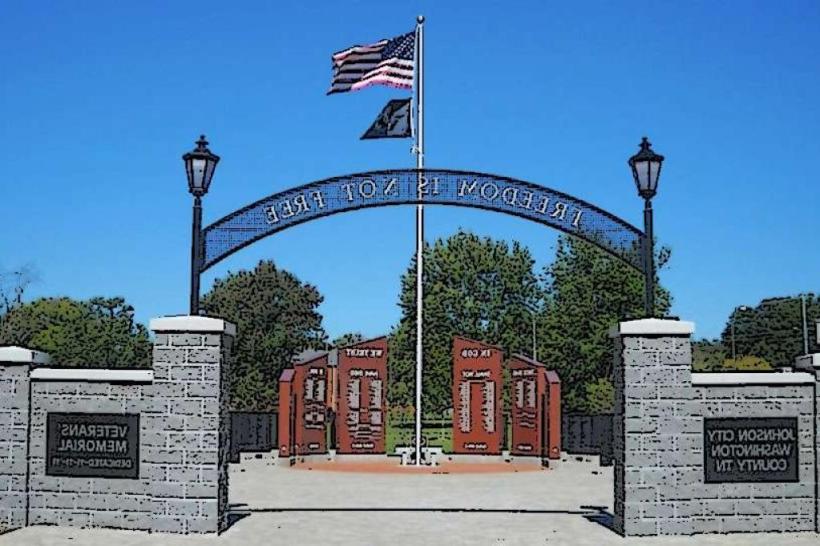Information
Landmark: Tennessee TheatreCity: Nashville
Country: USA Tennessee
Continent: North America
Tennessee Theatre, Nashville, USA Tennessee, North America
The Tennessee Theatre, located in downtown Knoxville, Tennessee, is a celebrated historic performing arts venue widely regarded as one of the South’s most exquisite movie palaces and cultural landmarks. Since its grand opening in 1928, it has been a center of entertainment, architecture, and community life, blending the glamour of early 20th-century design with modern-day performance capabilities.
Architectural Design and Style
The Tennessee Theatre was designed by the Chicago-based architectural firm Graven & Mayger, who specialized in creating opulent movie palaces during the 1920s and 1930s. The theatre exemplifies the Spanish-Moorish Revival style, an architectural trend that draws inspiration from Moorish palaces and Mediterranean motifs, characterized by intricate detailing, bold colors, and exotic ornamentation.
The exterior facade features ornate plasterwork, arches, and terra cotta detailing that invoke a sense of grandeur and historical exoticism.
Upon entering, patrons step into the lavish grand lobby, which is richly decorated with Italian terrazzo flooring, French-style Czechoslovakian crystal chandeliers, and gilded architectural accents. The lobby’s atmosphere evokes the elegance of European palaces.
The main auditorium is oval-shaped and dramatically detailed with arabesque patterns, geometric designs, and a painted domed ceiling that simulates an open sky with twinkling stars.
One of the theatre’s crown jewels is its original Mighty Wurlitzer pipe organ, installed at opening and restored in 2001. This instrument is a rare example of early 20th-century theatre organs, used historically to accompany silent films and live performances, enhancing the acoustic experience with its rich tonal range.
The theatre was among the first public buildings in Knoxville to offer air conditioning, which contributed to its popularity as a year-round entertainment destination.
Historical and Cultural Significance
Opening on October 1, 1928, the Tennessee Theatre quickly became the social and cultural heartbeat of Knoxville. Initially built as a movie palace, it offered a luxurious setting to watch the era’s newest silent and “talkie” films, but its scope soon expanded:
The theatre hosted a diverse range of performances, including vaudeville acts, live theatrical productions, and concerts, creating a versatile entertainment hub.
Legendary events include the visit by Tom Mix in 1933, a famed cowboy star, who brought a full rodeo and circus act to the theatre, famously leading his horse through the lobby onto the stage-a memorable and unique spectacle.
Over the decades, the Tennessee Theatre became the home stage for local arts organizations, including the Knoxville Symphony Orchestra and the Knoxville Opera, cementing its role as a premier venue for classical music and performing arts in the region.
The theatre is deeply embedded in Knoxville’s identity, serving as a gathering place for celebrations, premieres, and community events.
Decline and Restoration
By the late 20th century, the Tennessee Theatre faced significant challenges common to historic movie palaces:
Aging infrastructure, outdated technology, and competition from modern multiplex cinemas threatened its viability.
Recognizing its cultural importance, a broad coalition of public and private stakeholders launched a $25.5 million restoration and renovation project beginning in 2003.
Restoration efforts were meticulous, emphasizing preservation of historic features while upgrading the theatre to meet contemporary performance standards.
Key restoration highlights include:
Expansion of the stage area to accommodate larger and more diverse productions, including Broadway musicals, ballets, and large orchestral concerts.
Installation of state-of-the-art lighting, sound, and rigging systems, enabling complex theatrical productions.
Careful restoration of original architectural details, such as plaster moldings, decorative paint schemes, and flooring.
Improvements to acoustics and audience comfort, including refurbished seating, climate control systems, and enhanced sightlines.
Restoration of the historic Wurlitzer organ, which remains operational and is featured in concerts and silent film screenings.
The theatre reopened in January 2005 to critical acclaim and has since flourished as a centerpiece for Knoxville’s cultural life.
Current Use and Offerings
Today, the Tennessee Theatre functions as a multi-purpose performing arts venue, balancing preservation with innovation:
It hosts a rich program of Broadway touring shows, classical concerts, pop and rock performances, film screenings, and community events.
The theatre partners with local and regional arts organizations to offer educational outreach and special series that engage diverse audiences.
Its elegant interiors, historic ambiance, and cutting-edge technical capabilities make it a sought-after location for weddings, galas, and private events.
The Wurlitzer organ is regularly featured in concerts, silent film accompaniments, and special events, preserving an authentic early 20th-century theatrical experience.
Visitor Experience
Patrons visiting the Tennessee Theatre encounter not only a place of entertainment but an immersive journey into history and artistry:
The beautifully restored lobby and auditorium interiors transport guests back to the glamour of the Jazz Age.
Attending performances here offers a rare blend of historic atmosphere and modern comfort, including accessible seating, excellent acoustics, and premium amenities.
The theatre’s location in downtown Knoxville makes it a vibrant part of the city’s cultural district, with nearby restaurants, hotels, and attractions enhancing the overall experience.
Summary
The Tennessee Theatre stands as a testament to the golden age of movie palaces and live performance venues in America. Its distinctive Spanish-Moorish architecture, rich programming history, and successful preservation efforts have ensured it remains Knoxville’s premier historic theatre and cultural icon. More than just a performance space, it embodies the city’s artistic heritage, community spirit, and commitment to preserving its architectural gems for future generations.


